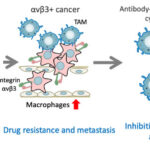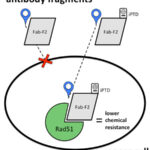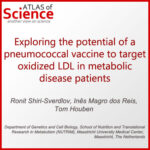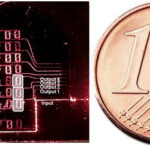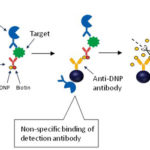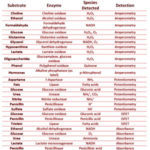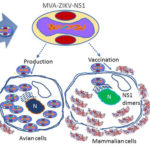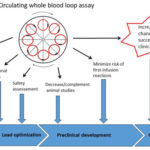Tag Archives:antibody
Arming macrophages to stop cancer progression
A molecular passport authorizes intracellular travel for a potential cancer therapy antibody
Photonic biosensors for mycotoxin detection in milk
Ultrasensitive enzyme immunoassay by immune complex transfer method
Novel biosensors for the rapid detection of toxicants in foods
A vaccine candidate for Zika with potential for reduced risk of antibody-dependent enhancement (ADE)
Profiling biologics in circulating human whole blood
Designer antibody therapeutics
Prevalence of anti-DFS70 antibodies in patients with and without systemic autoimmune rheumatic diseases
Surrogate endpoints for overall survival in lung cancer patients treated with PD-1/PD-L1 blockade
Who is the father of innate immunity?
Immunogenicity of Virus Like Particles (VLP) with modified envelope (Env) protein
Specific synthetic nucleic acids instead antibodies
For a long time immunological methods have been applied in biological research as well as for detection and evaluation of various substances in clinical analysis of body fluids. Serum proteins, antibodies, form integral parts in all variants
Bleeding and thrombosis in a patient with primary antiphospholipid syndrome using norethisterone
Antiphospholipid syndrome is an autoimmune hypercoagulable state caused by specific antibodies, and it is known to be associated with the occurrence of blood clots, or thrombosis, in the veins and/or arteries. However bleeding is rarely associated with the syndrome. Only a few cases
Disguising insulin as an antibody: a Trojan horse for type 1 diabetes prevention
Improved antibody selection with assisting plasmid
When the human body is invaded by foreign molecules, the immune system will be activated to fight against these intruders. This is done with the help of antibodies which act as the defence force of our body.
Antibodies at your pipette tips
The thymus: a small organ with a mighty big function
Learning from evolution to target cancer with combinatorial strategies
Chemotherapy is the most prominently used therapy for many cancers yet it effects multiple and, in many cases, unknown targets. Of the most modern advancements in cancer treatment is the targeting of single key gene products, for

